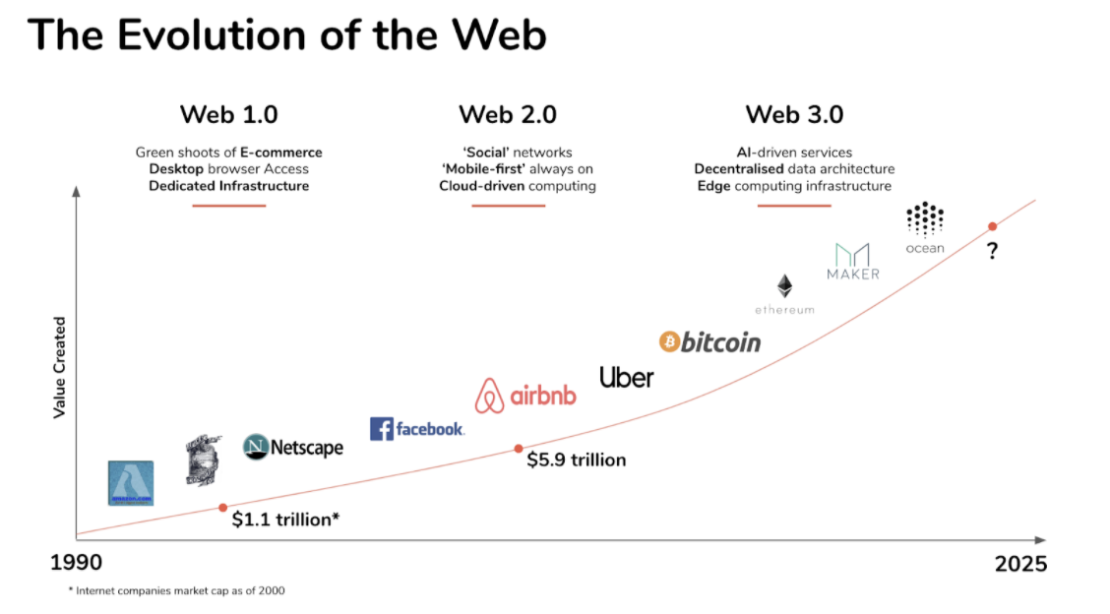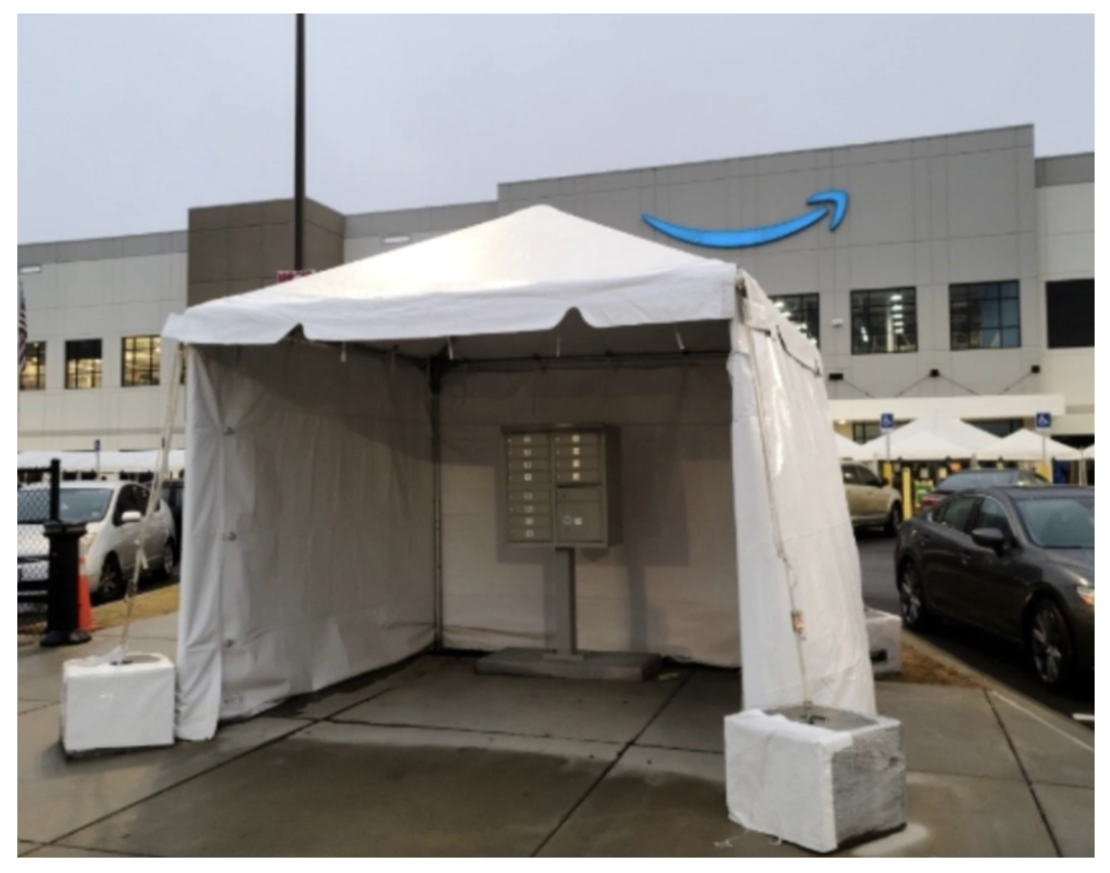
For some time, I’ve been looking for one “source” that curates modern takes on HR Tech, perspectives from the people who build it, and its impact on enterprise — something that’s tailor-made by professionals for decision-makers.
I never found it — so I decided to build it.
Every week, I’ll be sharing fresh insights on tech platforms, design, data, and the future of work — straight to your inbox.
My Thoughts
Welcome back! I hope everyone had a wonderful, refreshing holiday weekend. In case you aren’t an avid Forbes reader, this week I was delighted to be featured in the monthly Human Resources Discussion Council on emotional intelligence in leadership. Take a look and, as always, I’d love to hear your thoughts.
December is a busy month for everyone and every organization, so I will be brief. This week’s announcement of an emerging COVID-19 “variant of concern” looks like it will throw yet another wrench into whatever plans we felt brave enough to make for the next few months. As research emerges, I want to reiterate my message from the last edition of this newsletter. As HR leaders, our role is to be the first line of defense in rapidly shifting situations, and to keep our organizations running smoothly and happily. Holiday season or not, be kind. Practice hyper-empathy. And don’t forget to take care of yourself, too.
Market Moves
Remember a few weeks ago when I covered Magic and Divination startups? Well, I’m bringing you yet another unusual emerging market. On Tuesday, NASA 🚀chose to postpone a spacewalk, during which two astronauts were slated to perform maintenance on the International Space Station. The reason: flying garbage. 🗑️😬
According to NASA, there are currently 27,000 pieces of this flying garbage — technically referred to as space junk or, more formally, “orbital debris” — being tracked by the US as they orbit Earth 🌎 at speeds upwards of 17,000 MPH. In the last decade, the buildup of space junk has escalated from an afterthought to a very real threat of collision.
We’ve made quite the mess. Now, someone has to clean it up, which is why this week’s emerging market is space junk removal. Despite the political complexity and regulatory red tape, the global “space debris monitoring and removal market” 🔭 is currently valued at 866.42 million and is expected to top 1.36 billion by 2028. Here are two startups to watch:
Astroscale, which has raised $300 million since closing its latest funding round last week, is currently developing a broad range of technologies for capturing orbital debris. The company successfully performed in-orbit tests in August and is planning to launch 🚀 a more complex retrieval system next year.
Privateer Space, started by Apple co-founder Steve Wozniak, is on a mission to build “The Google Maps of Space,” for identifying, categorizing, and tracking orbital debris for collision-prevention and removal. 🛰️

Tech Innovation at Work
Grammarly, the AI-powered writing assistant software 👩💻 made headlines this month when its latest $13 billion valuation earned the company a spot among the top ten most valuable startups in the US. In 2019, the company was valued at barely $1 billion — quite the jump for a startup whose sole mission is to point out your grammar mistakes.
With so many other businesses integrating artificial intelligence into their offerings, what sets Grammarly apart from the rest? (Hint: it was not the company’s brief moment in the TikTok trend limelight, although that probably helped). The answer is their success in making robots less, well, robotic, 🤖 thanks to the next frontier of artificial intelligence known as deep learning. In its simplest form, machine learning is a subset of artificial intelligence wherein computers can use highly-structured data to make predictions, such as whether it will rain on a certain day or what kind of shows you might like on Netflix. One problem, one data set, one solution. As the complexity of the algorithm increases, though, it enters a new subfield of artificial intelligence: deep learning. The structure and algorithms required for a machine to perform deep learning are known as a neural network which (surprise!) looks and acts very similarly to the human brain. 🧠 Deep learning AIs are able to analyze, map, and learn from unstructured and complex data, like entries from the 30 million people who write with Grammarly every day, applying or rejecting suggestions from the software. In essence, the company has created an internal open-source data bank for its deep learning AI to continue improving itself. The more people use Grammarly, the smarter it gets, the more people turn to Grammarly for high-quality writing help. A pretty solid business model, if you ask me.
I don’t have the space to dive deeper into the nuances of deep learning, like the natural learning generation (NLG) field that Grammarly has mastered in rare success. As we all know, artificial intelligence presents infinite opportunities. However, if you want to learn more, the resources I’ve linked in this article are a great place to start. 👍

Continuing on with today’s theme of complex and abstract tech concepts: the recent metaverse buzz has reinvigorated talks of the next frontier of the internet: Web3, or Web 3.0. 😮 Right now, we exist in Web 2.0, where the internet is interactive and all users have the ability to create content (social media being the most common example). Before Web 2.0, at the inception of the internet, were the days of Web 1.0, considered the “read-only web.” 💾 The philosophy behind Web3 is that we’ll get to keep all of the things we like about the internet and then some: like the fanciful ideas of virtual reality and, yes, the metaverse. However, with Web 3.0, we will have the power to change or do away with the things we don’t like, such as evil actors and corporate greed. How? By decentralizing the internet. If you’re ready for more details on Web3, this article by Lifehacker is a great place to start.
The Changing Workplace
The National Labor Relations Board has announced that Alabama’s Amazon employees will have a new union election. 👷👩🏭👷 According to the NLBR, Amazon managers violated multiple labor laws with anti-union practices leading up to April’s initial vote, during which employees voted against joining the Retail, Wholesale and Department Store Union (RWDSU). In their statement, the Board pointed out that Amazon’s voting practices “made a free and fair election impossible.” Among the 23 objections the NLRB filed in response to April’s election results, one of the most nefarious included Amazon’s disregard for the standard mail-in ballot process, instead pressuring employees to cast their ballots at a specially-installed mailbox 🗳️ in front of the warehouse and in view of multiple security cameras. As you may imagine, Amazon is not pleased with the verdict. In an interview with The Hill, spokesperson Kelly Nantel stated that the company doesn’t believe unions are “the best answer” for their employees. Given their history of subpar personnel management, I’m not surprised that Amazon would attempt to interfere with a union vote that they have vocally disapproved of and sought to prevent outright. We’ll be keeping a close eye 👀 on the upcoming re-election.
Global advisory, broking, and solutions company Willis Towers Watson released its latest research on workplace vaccine mandates. 💉 The survey, which included roughly 550 employers representing more than 5 million US workers, took place in mid-November. I highly recommend you take the time to peruse the entire survey, but the TL;DR is this: a lot of employers (more than half) are requiring or planning to require vaccinations as well as masks when indoors, and only 3% have reported an increase in resignation. (In August, a survey from Qualtrics reported that 44% of workers said they would consider leaving their job if forced to get vaccinated. We saw similar reporting by the Kaiser Family Foundation’s monthly COVID reporting, wherein 37% of employees surveyed in October reported they would leave their job over a vaccine mandate.) It seems safe to say that most of those threats were hot air 🎈 and employers do not need to be overly concerned if they choose to implement a vaccine mandate. In fact, 48% of employers surveyed believe that vaccines and other mitigation strategies will help attract and retain talent. They may very likely be right. Research from PBS, The Rockefeller Foundation, and many others paint a very clear picture: young people want to feel safe in the workplace. 😷 Read the full release from Willis Towers Watson here.

Trying to plan the company holiday party? 🎉🎄 Now that teams are more distributed and large gatherings a challenge for some, deciding how to celebrate this year might be tricky. If you need inspiration, Fast Company was nice enough to interview executives at nine organizations to see what their plans are. Have a look and don’t forget: great artists steal.
Luminary: Two separate parties, one in person and one virtual, for employees to choose from. Each with unique itineraries and events that best complement the format.
PayPal: A new “More Ways to Make a Difference” campaign, wherein each employee will spend time volunteering in their individual communities. At the end of the 5 weeks, the company is hosting a virtual gathering for its international team that will include a showcase of every employees’ efforts, plus celebrity cameos and a virtual dance floor).
The Naked Market: A company retreat to Lake Tahoe, California, where hybrid team members will have the opportunity to relax and engage in-person.
Betterup: Trading in a single party for a month of extra 30-minute breaks, 3 times a week, where the whole company steps away from their computers to relax and recharge. They also have annual allocations for each employee to donate to a charity of their choice.
Bearaby: A scavenger hunt, because everyone really has a new appreciation for being outdoors these days.
See all of the whole list of ideas here.
All About Data
For this week’s All About Data, I’m not providing you with any figures. 🤔 Instead, I’m offering tips and resources that will help you all gather your own data during this year’s annual employee surveys.
Tip #1: most employees hate surveys. At worst, annoyance and hesitancy to be honest in their answers can send leadership in a loop of attempting to analyze responses that don’t provide insightful, actionable data. At best, however, you gain insight that helps leadership create a more effective, happier, and more profitable workplace culture.
So, I am simply going to offer one of my tried and true resources for building a good employee survey: the SHRM Employee Survey Toolkit. In it, you’ll find advice for:
- Identifying actionable insight
- Structuring your survey
- Delivering the survey successfully
- Interpreting results
You can get the toolkit here.
Click here to subscribe to Exit Interview, a weekly email about tech platforms, design, data, and the future of work — straight to your inbox.

